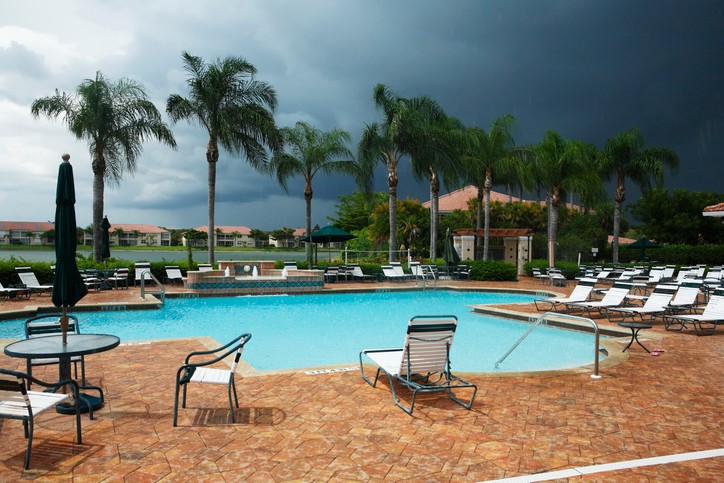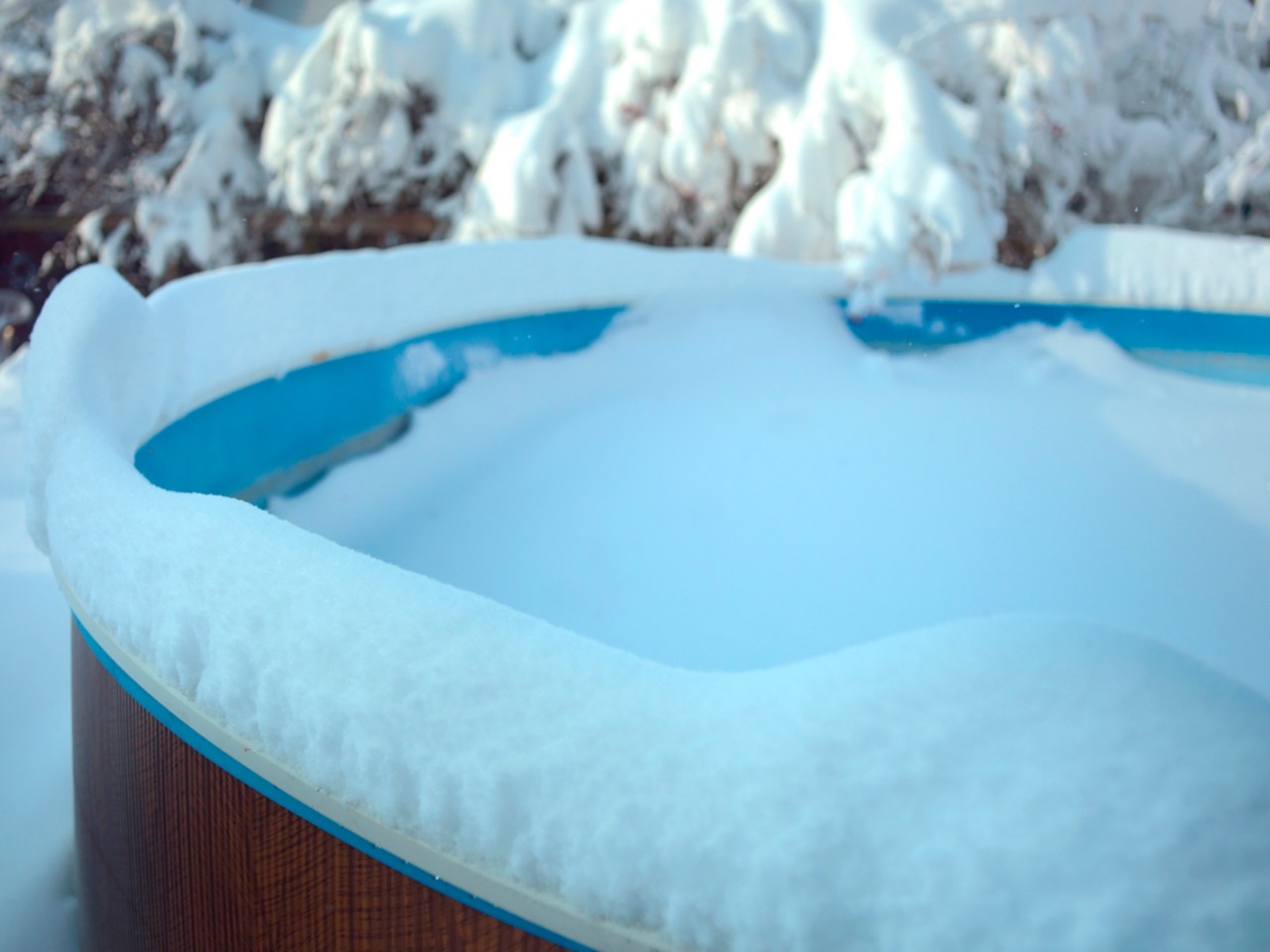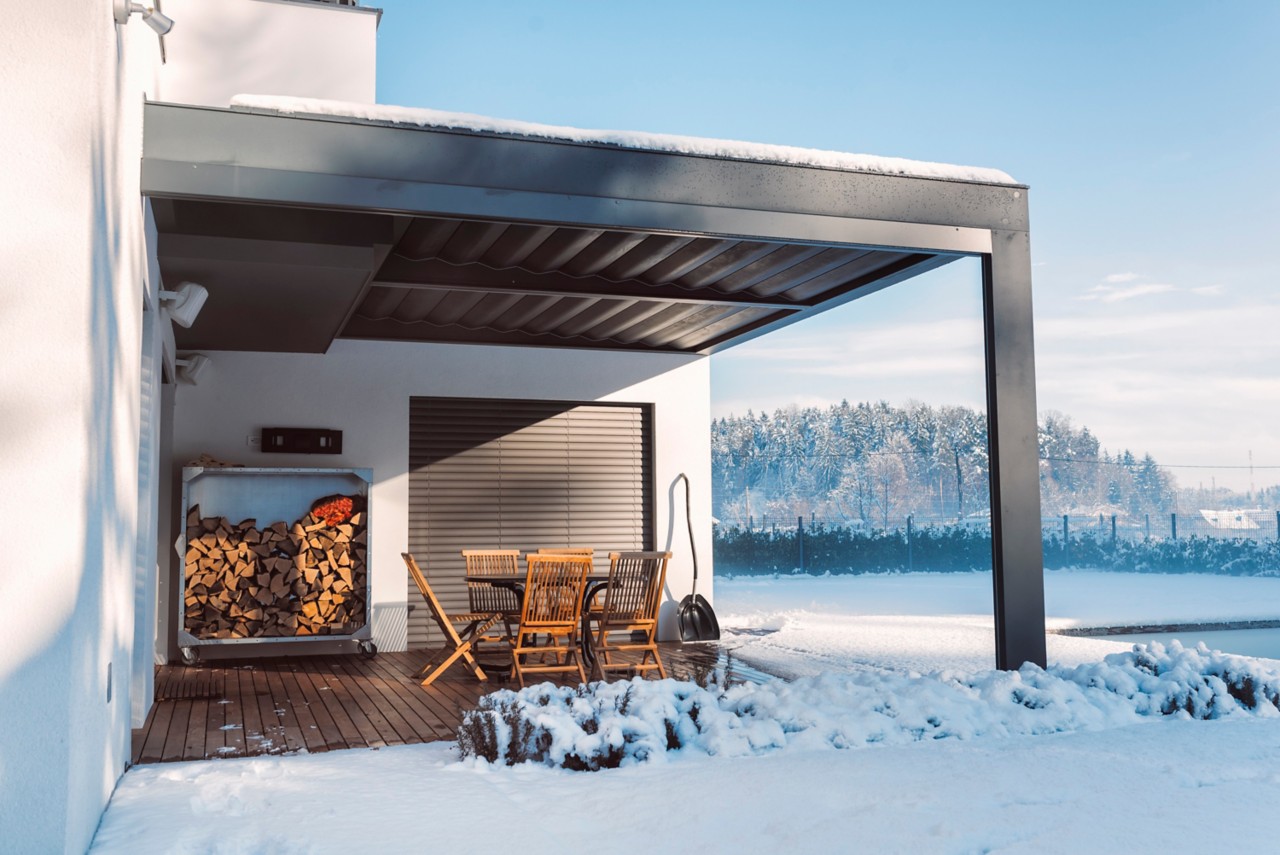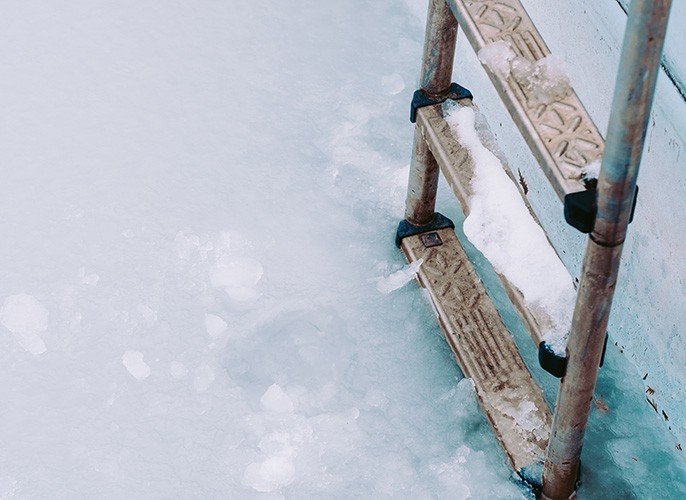- Home
- Education & Support
- Water Education Center
- Pool & Spa
- Winter Weather Pool Protection
How To Protect Your Pool in extreme weather
Sometimes a severe storm can roll through your area and affect your home and pool. When this happens, the first thing to remember is pool equipment is replaceable, and never put it before you and your family's health and well-being. Pentair is here to help you when you are ready to assess and address your pool. If you have questions about protecting your pool and pool equipment but don't know what to do, consult with a dealer and follow the best practices outlined below.
6 Steps to Maintaining Your Pool In a Power Outage
- Turn off your breaker.
While you may not have power now, the first thing you should do is turn off all breakers to your pool so that when the power does return, you can assess your pool in a controlled environment before everything turns back on and causes potential havoc. - Contact your dealer.
Not only can your dealer provide advice, but they also can add you to a waitlist for any necessary service and assistance when the weather does return to normal.
If you don't know your pool dealer, use our Find a Dealer tool to assist you in locating a pool professional. - Remove lids.
In the event of an atypical snowstorm, frozen pool water expands and it needs a place to go. To avoid cracking and damaging lids, we recommend removing pump pot and filter lids to avoid extra built-up pressure and provide extra space for any ice to go.
- Open all valves.
Similar to removing lids, opening as many valves as you can, including the air relief valve on top of your filter, relieves pressure on the water that may be expanding within your equipment. - Remove all plugs.
Many of your plugs can also be removed to account for expanding water. Remove the pump pot plug, pump volute plug, the drain plugs next to the heater and the plug found at your dial valve. While most frozen plugs can be removed by hand, if needed, use a pair of pliers for extra leverage. - Disconnect your motor.
As an extra step of protection, homeowners can disconnect their motor from power, if able.
4 Steps to Maintain Your Pool During Severe Weather
- Keep your equipment on.
In general, moving water is less likely to freeze, that’s why it is essential to keep equipment running and pool pumps circulating even during freezing temperatures. - Check your pool pump, pipes and lines.
Do you notice any damage or cracks? If so, turn off your pool to avoid further damage. Do note that cracks in frozen pipes and lines won’t leak until they start to thaw. - Assess the surface of your water.
The surface of your pool’s water could freeze. As the water freezes, it expands and can start pushing against the tiles of your pool causing them to potentially chip, break or fall off completely. It is important to keep water flowing as long as possible to avoid potential damage caused by ice. - Contact your dealer.
Schedule a time for your dealer to come out once the weather returns to normal to assess your pool and equipment. Your dealer is a great source of information and can provide you tips and resources specific to your area.
The storms blown over, now what?
As you start to assess your pool after the storm has passed, follow these steps to begin the clean-up process.
Contact Your Local Pool Dealer
Pentair is here to help you during these unprecedented times. For more information on help assessing damage after the winter storms contact your pool dealer today.
FIND A DEALER
Related Articles

When you experience a power outage, take the proper poolside precautions so that it isn’t “lights out” for your sun-soaked hangout.

When you imagine a pool, freshly-fallen snow doesn’t come to mind. Families should enjoy pools in hot weather because freezing temps and pools don’t mix.

Proper winterization is the key to protecting your pool through the winter. If you’re a DIY-er, follow the steps below to properly winterize your pool.



